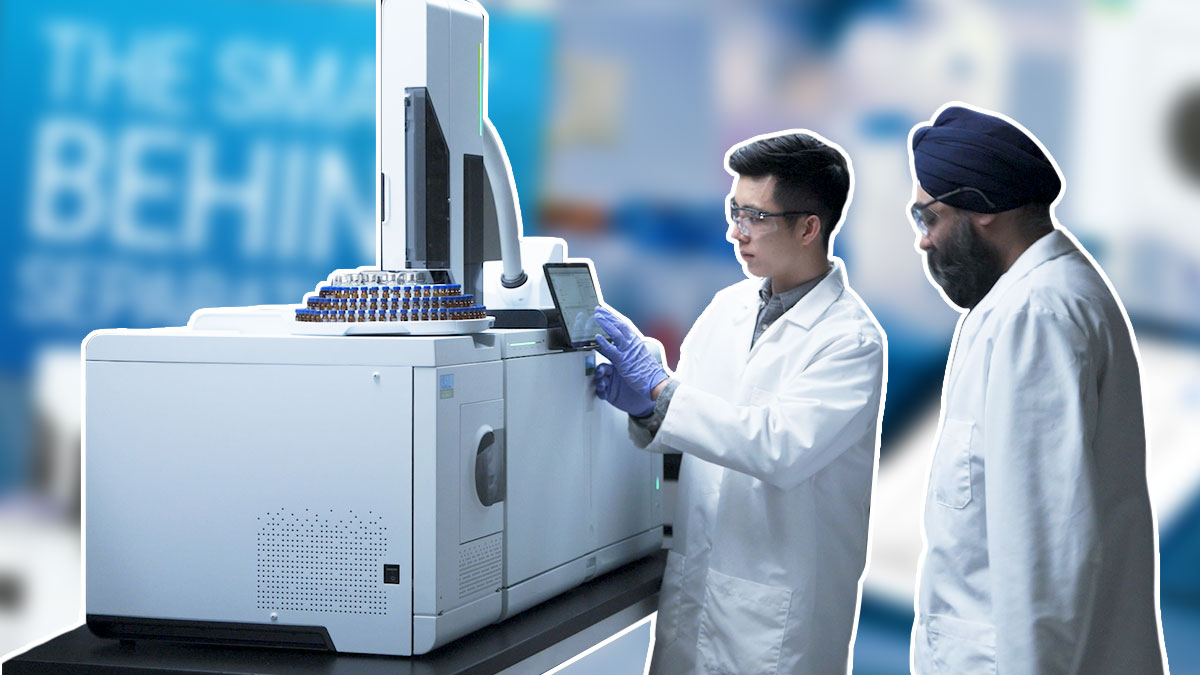Lab 4.0: Turning Challenges into Possibilities
The adage “nothing is constant except for change” rings especially true when it comes to scientific discoveries and cutting-edge technologies. Experts have been researching different approaches to implement new technologies and processes since 1962. Now lab managers find themselves on a journey – working to help their labs adopt new and better technologies to create more efficient and reliable workflows.1
In his book Diffusion of Innovations, social scientist Everett Rogers was one of the first experts to recognize that the adoption of a new product, service, or idea does not happen simultaneously, nor does it impact all people in a social system the same way. In essence, Rogers explained that change doesn’t happen overnight, and all changes take time. These same rules apply in the lab.2
As mentioned in previous posts on the trends and on automation Laboratory 4.0 stipulates a shift in lab culture and a rethinking of how staff are trained. It is also important to consider the factors by which users are influenced by new technology. One way to consider this is based on the technology acceptance model (TAM). Just as the name implies, TAM is a theory that demonstrates how users come to accept and use technology.3
Adopting New Technology: Two Factors to Consider
- Perceived Usefulness: The degree to which a person believes that using a particular system would enhance their job performance
- Perceived Ease of Use: The degree to which a person believes using a particular system is easy or effortless4
Getting over that hump from perception to acceptance can take time for some and move rapidly for other users. Researchers find it important to consider some new cognitive behaviors when looking at digital technology.
Recent findings show that some people choose to replace brain power with technology when possible. However, it’s important to understand that technology is a supplemental tool, not a replacement for thinking and problem solving.
There are a variety of psychological studies regarding how the acceptance and usage of web-based learning systems and technology impacts a culture.
To prepare for new advances, lab managers will want to familiarize themselves with the data and automation technologies on the rise. User experiences (UX) are being created specifically to meet new demands for how end users adopt technology.
One example of a user-centric experience in the lab setting is the design of the PerkinElmer SimplicityChrom™ CDS Software. It mimics the UX found on smartphones and other familiar digital interfaces so users can successfully create, implement, and manage full workflows in the chromatography lab.
Not all users process or visualize data in the same way. SimplicityChrom CDS Software allows users to generate data tables and chromatographic peaks for a given analyte across multiple samples and creates customized layouts and workflows. This capability helps analysts identify trends in the data and allows the lab to increase productivity and reduce the cost of technology adoption.
New technology may also ease the burden of specialized skills the lab and standardize the reskilling and upskilling processes for current staff. Labs in nearly every industry will want to embrace the changes of Lab 4.0 to keep up with future innovations. Download the article to learn more.
Notes
1 and 2. Rogers, Everett M. (1983). Diffusion of innovations (3rd ed.). New York: Free Press of Glencoe. ISBN 9780029266502.
3 and 4. https://www.emerald.com/insight/content/doi/10.1108/JEIM-12-2014-0124/full/html
References:
Nathaniel Barr, Gordon Pennycook, Jennifer A. Stolz, Jonathan A. Fugelsang, The brain in your pocket: Evidence that Smartphones are used to supplant thinking, Computers in Human Behavior, Volume 48, 2015, Pages 473-480, ISSN 0747-5632, https://doi.org/10.1016/j.chb.2015.02.029.

